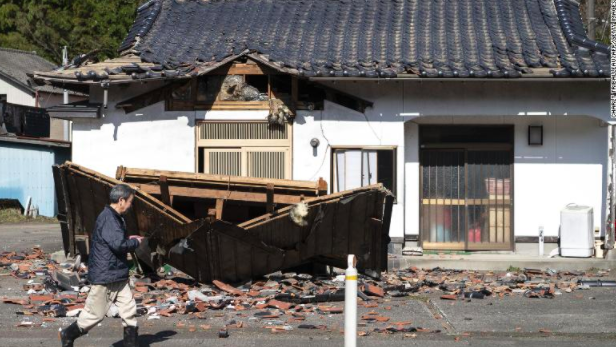
By Grace Hwang
A powerful earthquake with a magnitude of 7.4 hit the coast of Fukushima in northeast Japan earlier this week, leaving at least four people dead and 160 injured. A tsunami advisory had also been placed but was recently lifted. However, the Japan Meteorological Agency is still advising residents “to stay away from the coast and to watch out for possible landslides.”
More than 2.2 million homes temporarily lost electricity, including the Tokyo region, but power was restored for many by the next morning. However, video footage has shown that much damage has been done. Residents have taken to Twitter to share videos on what they had witnessed, including broken walls, shattered windows, appliances smashing onto apartment floors, and merchandise falling from shelves and scattering the floor of stores.
This earthquake brings back painful memories to some who remember the devastating 9.0 magnitude quake that shook a similar region back in 2011. The earthquake had triggered a tsunami, which in turn, led to a nuclear meltdown at the Fukushima Power Plant, killing more than 20,000 people and displacing more than half a million residents. Even after $300 billion in government aid to help rebuild the region, the disaster is still being felt today, and it may take several more billions and years to safely decommission the power plant.
However, this most recent earthquake has not prompted a national emergency like it did eleven years ago, mainly because although strong, it was still 63 times weaker than the one in 2011. Tsunami waves were just 8 inches high, as compared to the previous 30 foot waves. And since then, Japan has stepped up its response systems to better deal with such natural disasters, including improving early detection warning systems.
